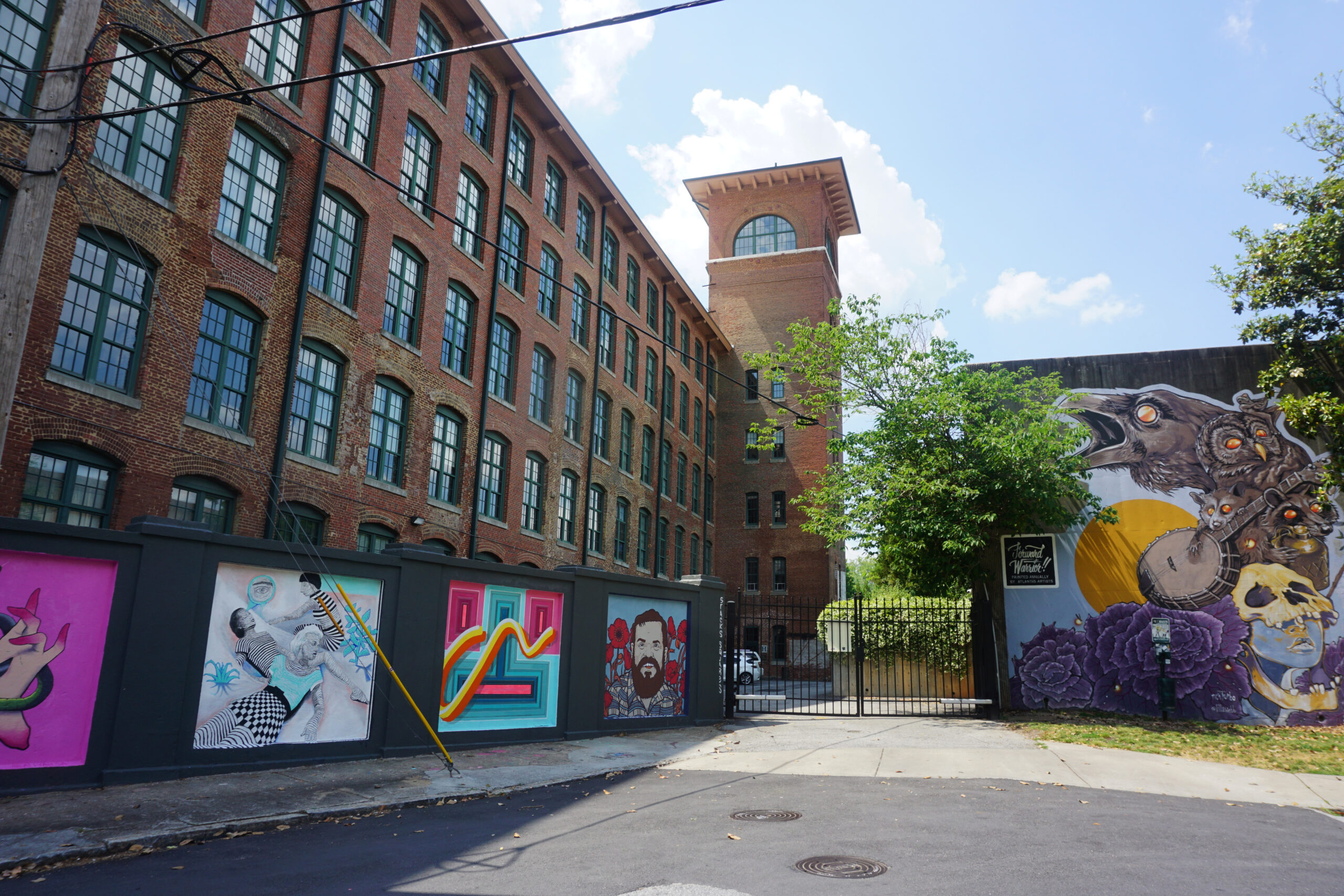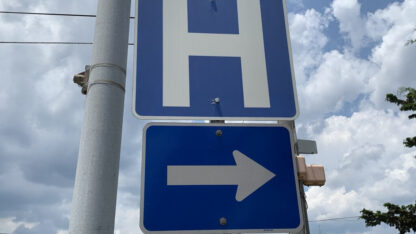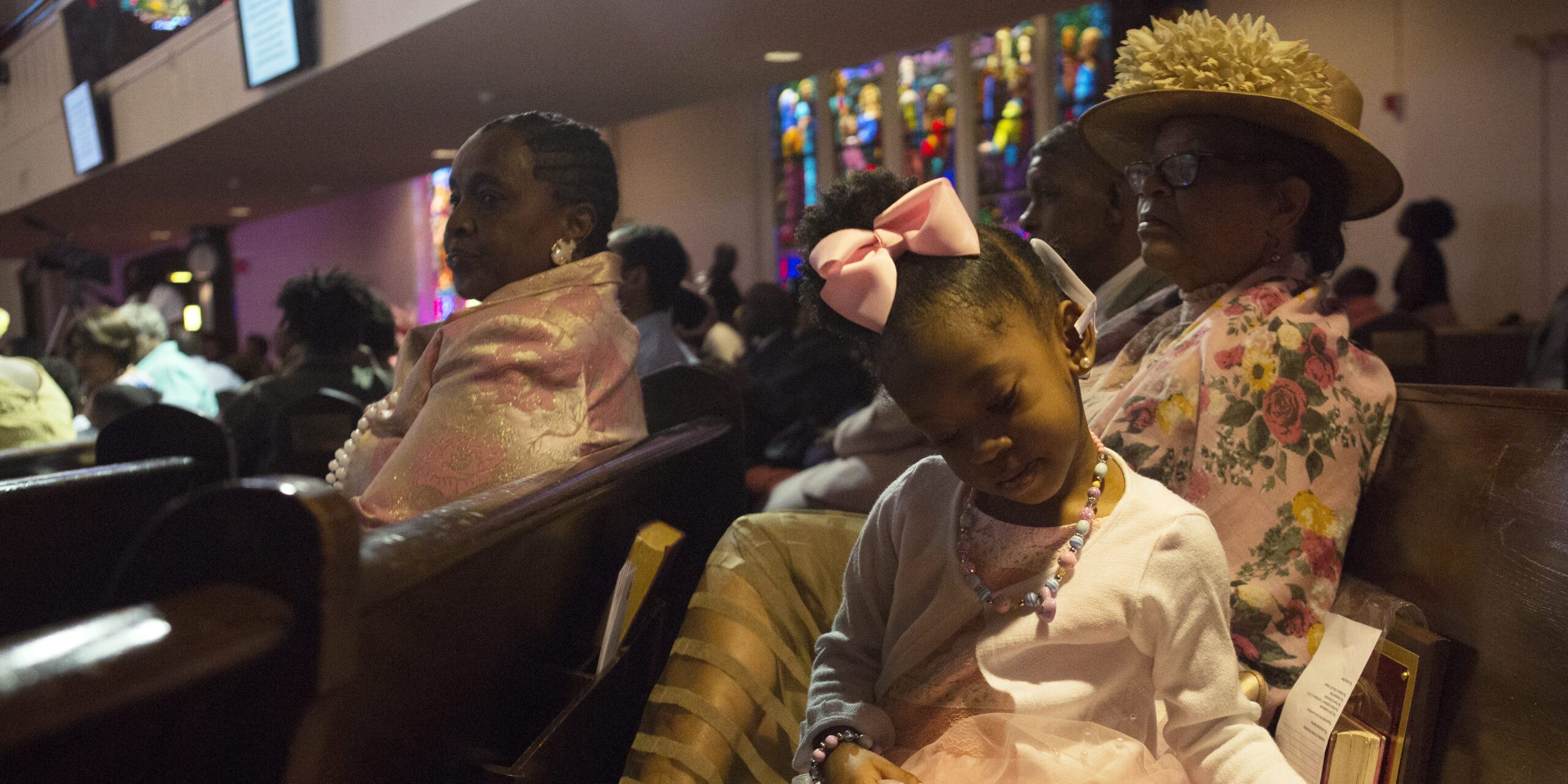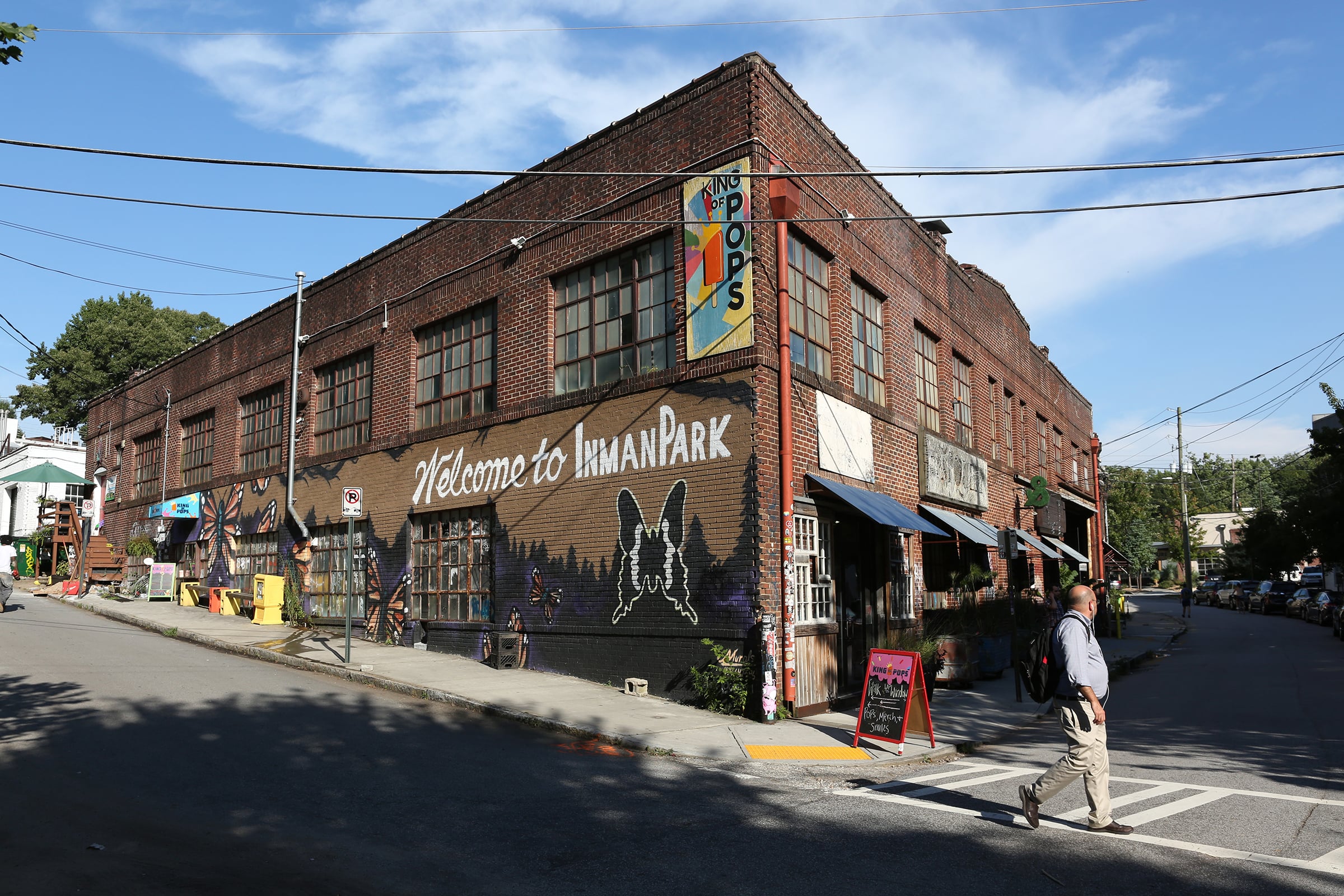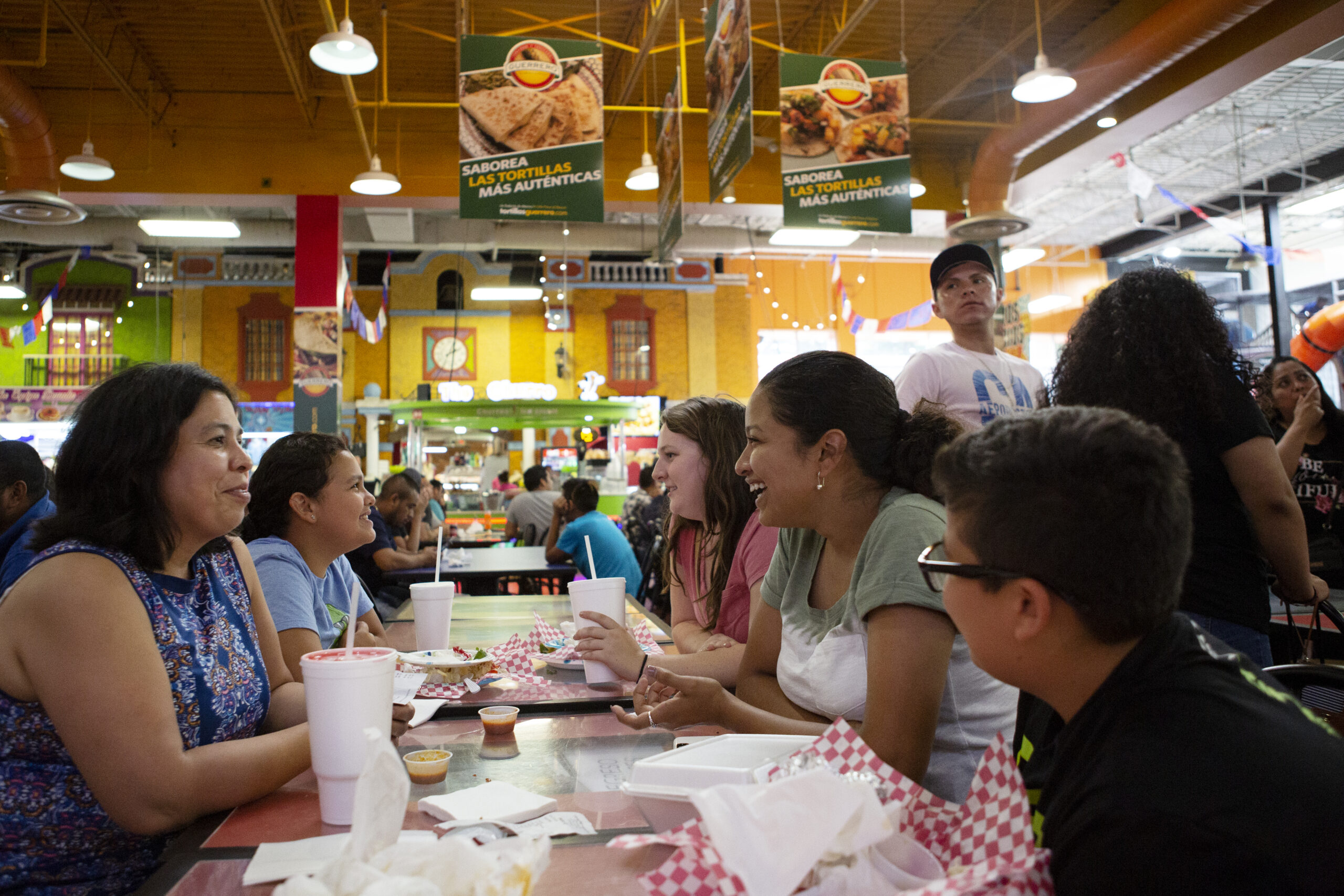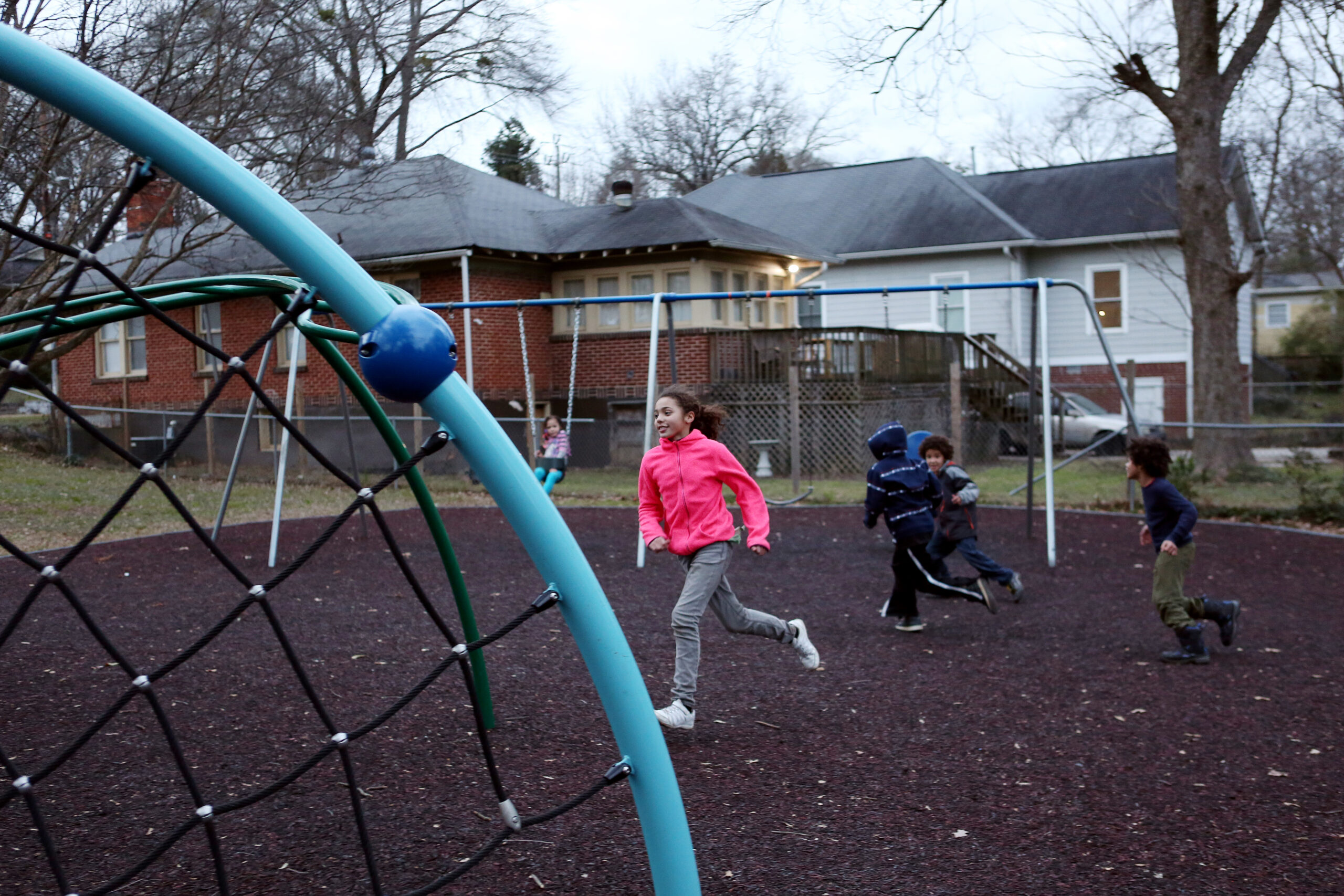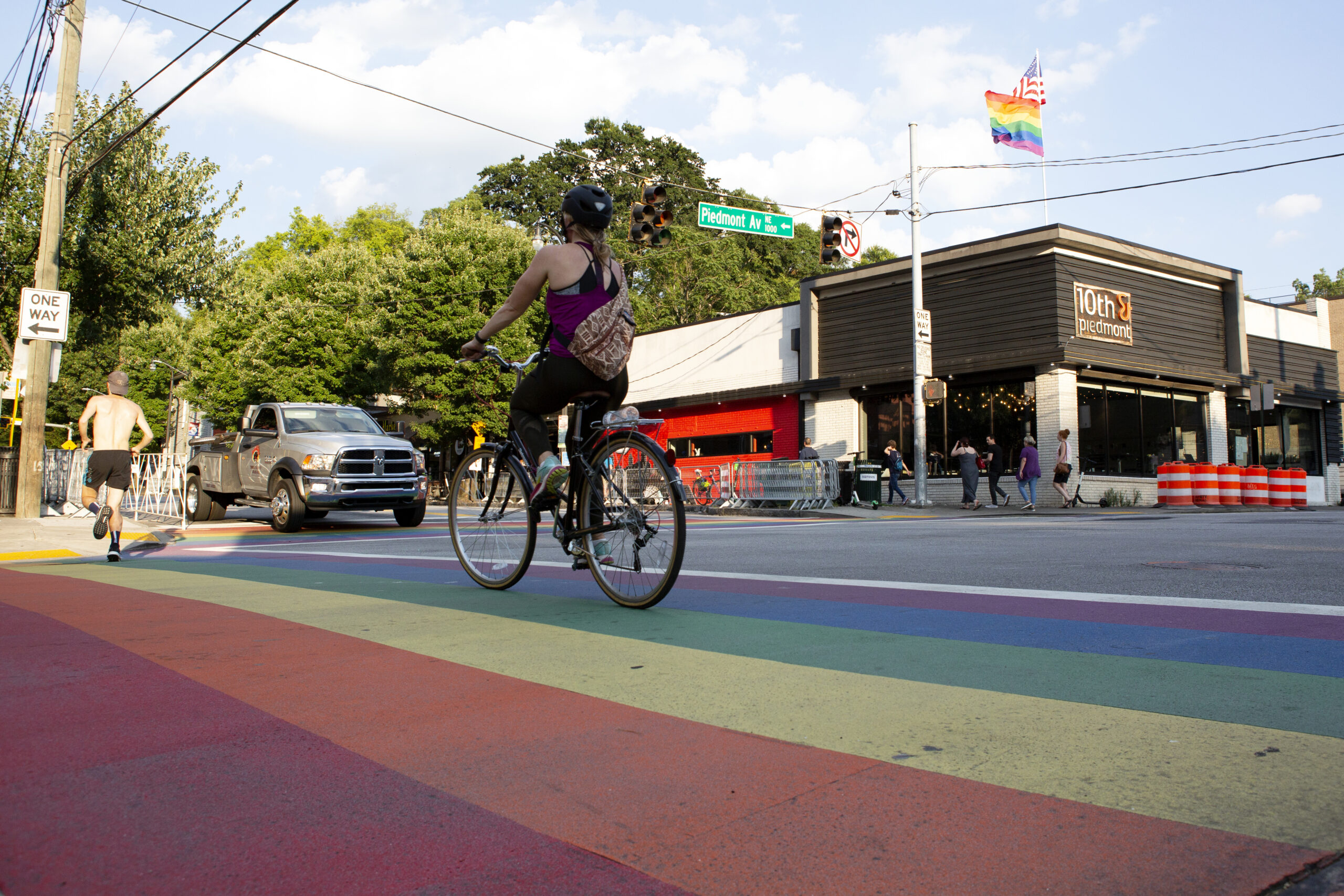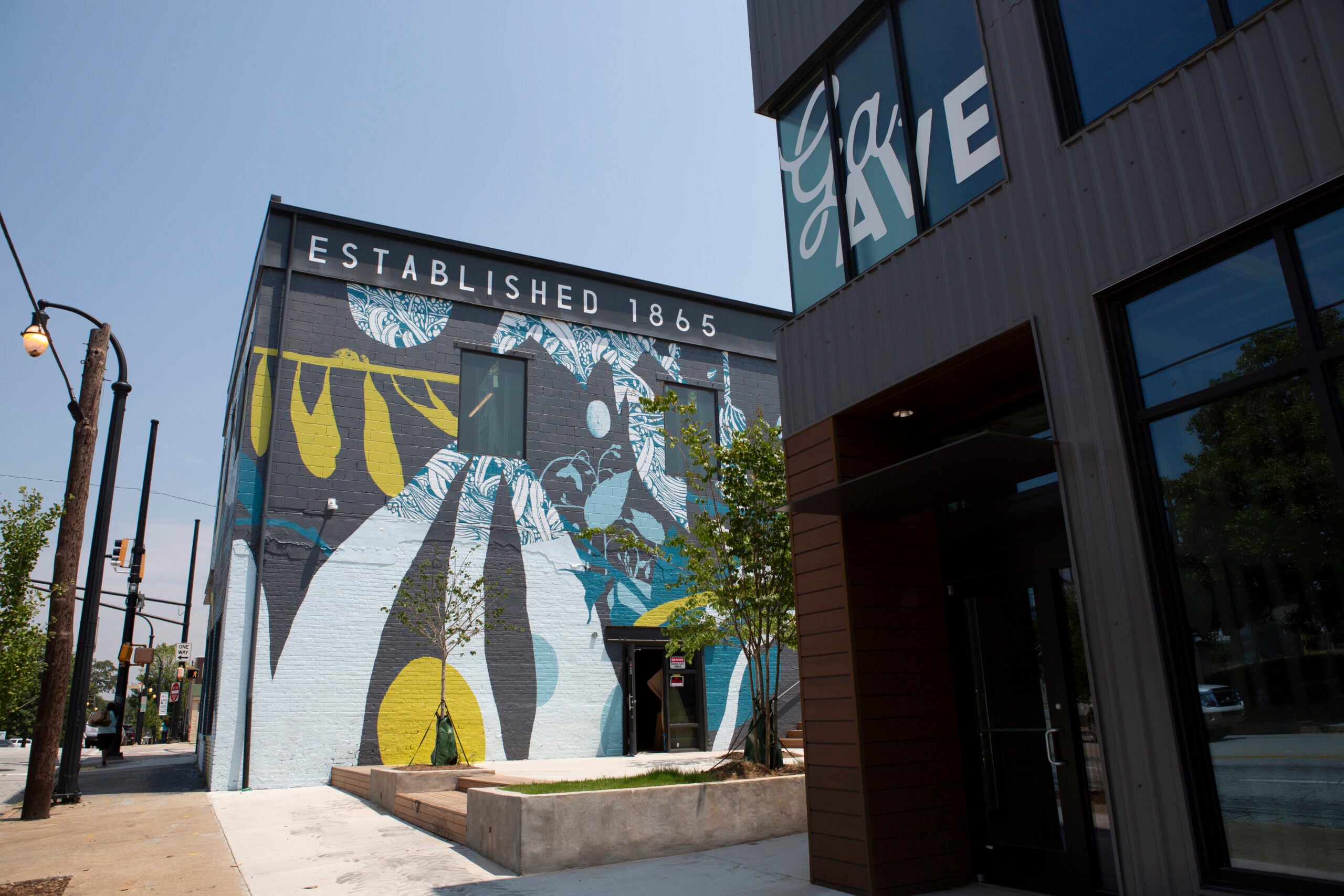Marshall Edwards has lived his whole life in Atlanta’s Cabbagetown. Add up the time his dad, mom and grandparents lived in the neighborhood and it would equal more than 100 years.
“I couldn’t imagine no better place … I’ve been to a lot of other states,” Edwards said. “Georgia is just hard to beat.”
His brother Ronald Edwards agrees. He said what makes Cabbagetown special is its friendly, neighborly community. On any given day, you can find Ronald sitting on the porch or in his rocking chair at the front window, waving and inviting neighbors and newcomers to chat.
“You don’t have to have no college education or high school education to be nice to people, to talk to people and to respect people. My dad talked to anybody and I’m the same way,” Ronald Edwards said. “I love everybody. If you love somebody you better let them hear you say, ‘I love you.’”
The neighborhood became classified as a Landmark District by the city of Atlanta in 1979, which has helped it retain its close-knit, historic feel with charming shotgun style houses, bungalows and apartment buildings.
Cabbagetown’s physical borders of Oakland Cemetery and the railroads alongside DeKalb and Decatur street also contribute to the neighborhood’s small town feel since it’s physically separated from the city.
The network of homes and local businesses within the neighborhood is nestled east of Sweet Auburn and west of Reynoldstown. It is also bordered by Pearl Street SE and Memorial Drive SE.
Getting to know the neighborhood’s past, is a way to understand its present.
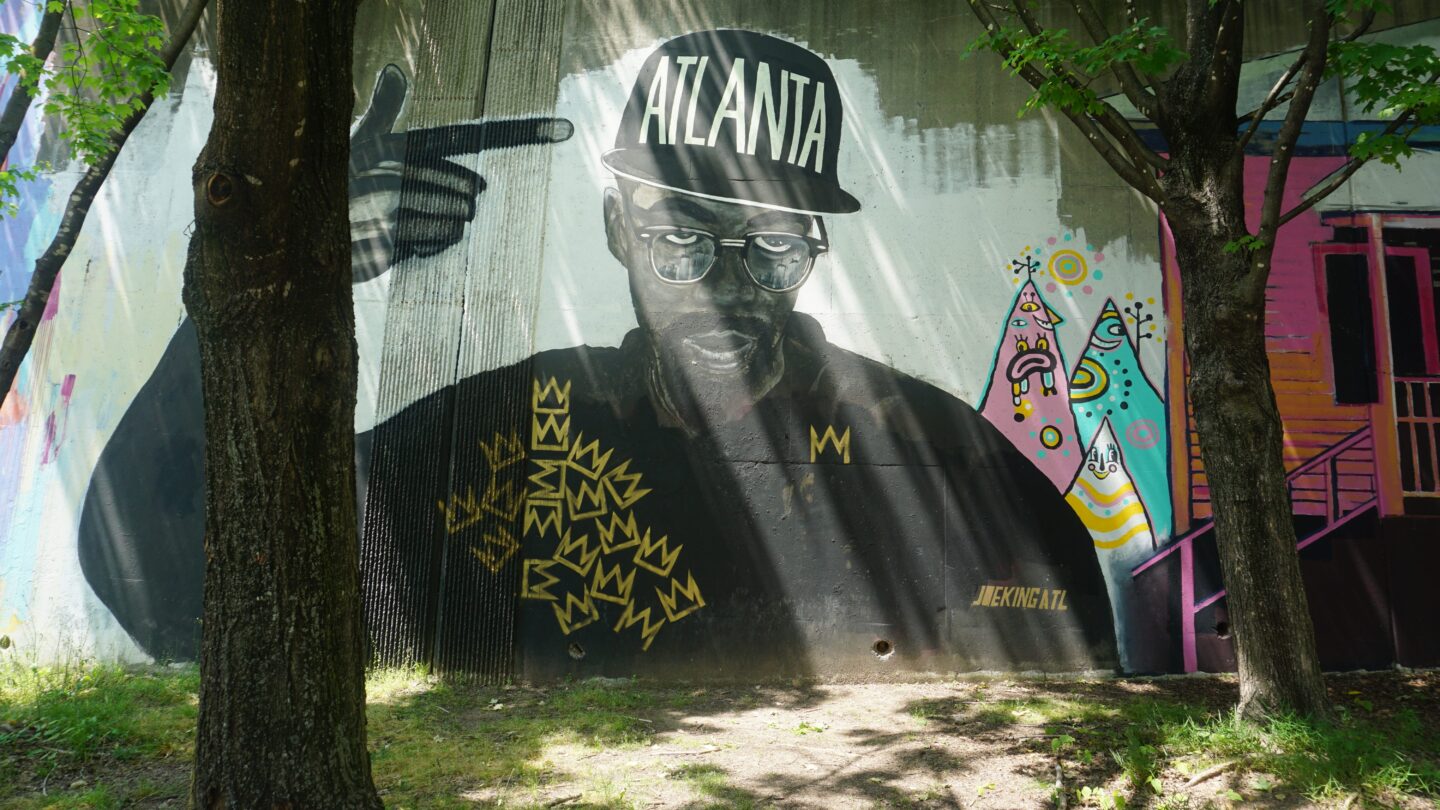
History As A Mill Settlement
When mill founder Jacob Elsas moved from Cincinnati, he worked in the paper, rag and hide industry in Atlanta. He started the Fulton Cotton Spinning Company in 1881, which later became the Fulton Bag and Cotton Mill in 1889. The mill specialized in making cotton and paper bags.
After the mill was founded, the “Factory Lot” housing section was built next to the mill. Throughout the years, the neighborhood continued to expand east from Boulevard SE to Pearl Street SE and south from DeKalb Avenue NE to Memorial Drive SE.
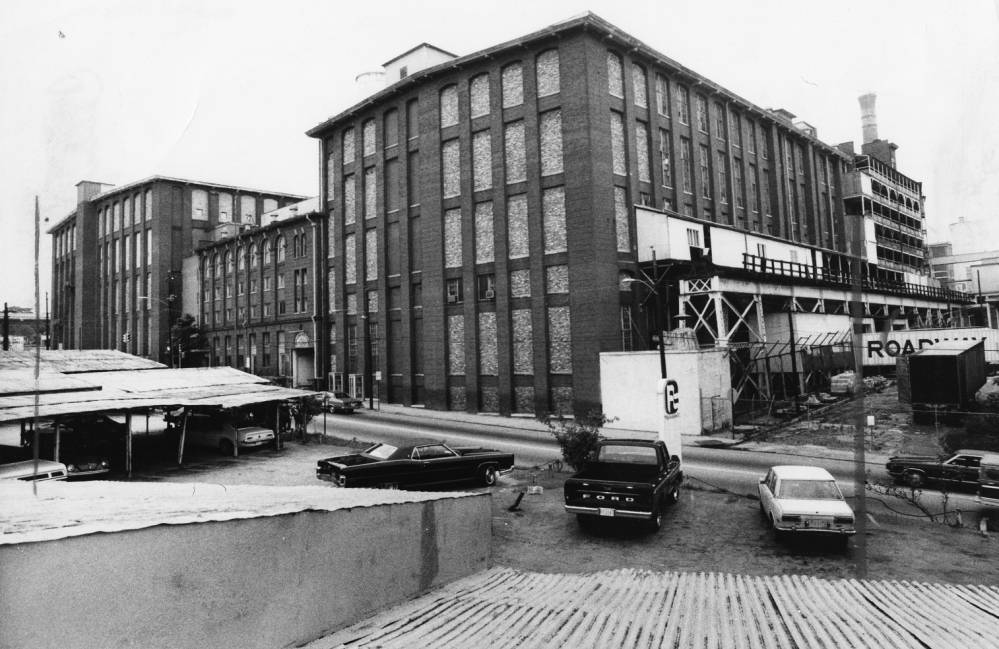
The company proved to be successful and expanded to other locations in Atlanta, where more than 40,000 spindles were added to each location.
People from the Appalachian mountains and areas surrounding Atlanta were attracted to work in the mill. At 16 years old, Marshall Edwards started working at the mill for 60 cents an hour and soon realized “that it was a lot of hard work and a little bit of money.”
“It was wonderful. It was hard. We didn’t realize it. We were poor, just poor people,” he said. “We didn’t know nobody was rich. We just thought everybody was like us.”
Ronald Edwards said working in the winding department of the mill gave him better working conditions, because it wasn’t as hot as the other areas.
“People would come out in the summer months sweating out there just like coming under a waterfall and have cotton in their eyebrows,” Ronald Edwards recalled.
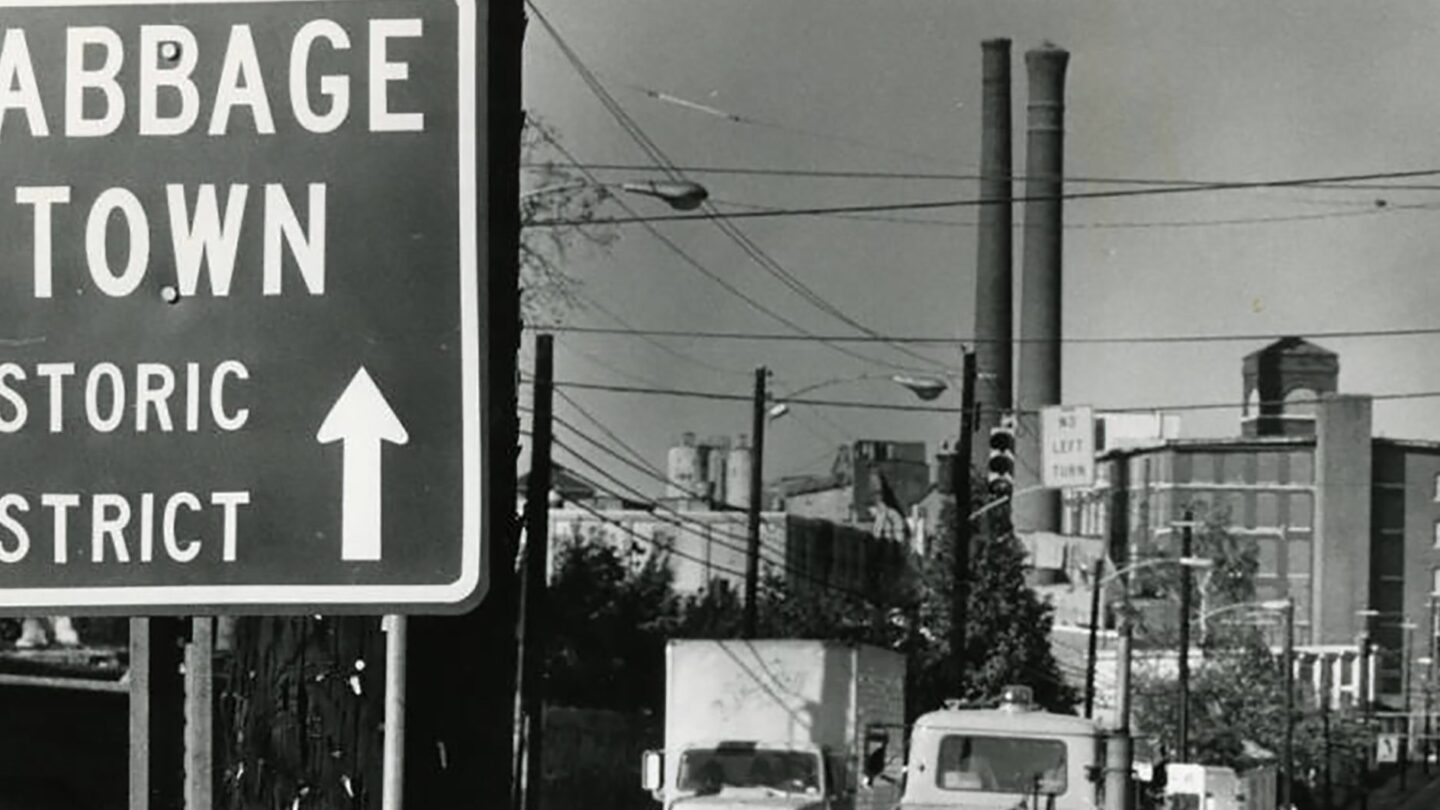
For the blue collar mill workers living in Cabbagetown, they made due with what they had, even if it was little. Timothy Crimmins, director of the Center for Neighborhood and Metropolitan Studies at Georgia State University, believes that the economic status of the neighborhood’s residents is how Cabbagetown got its name.
“What you had was this typical way of characterizing neighborhoods in cities and a way of characterizing a poor neighborhood was to call it Cabbagetown,” Crimmins said. “In recent years, they’ve tried to make it into more of a symbol of pride, but it could have also been a way for more prosperous people characterizing it as one of a more working class area.”
In 1978, the mill closed its doors after Fulton Industries, Inc. was sold to Allied Products Corporation. However, the culture that Cabbagetown was founded on continues.
“We’re a mountain clan called Cabbagetown in the city of Atlanta. And if it be the will of God, it’s where we’ll always stay,” renowned singer-songwriter Joyce Brookshire sang in her 1975 Cabbagetown Ballad.
“And now the smoke stack smokes no more, no whistle blows at dawn. They’ve taken all they wanted from us, packed up their cotton and gone. And we’ve been left to live our lives in a world that’s never took kind. But the strength of the mountain’s in us all, and a new day we will find,” the ballad continues.
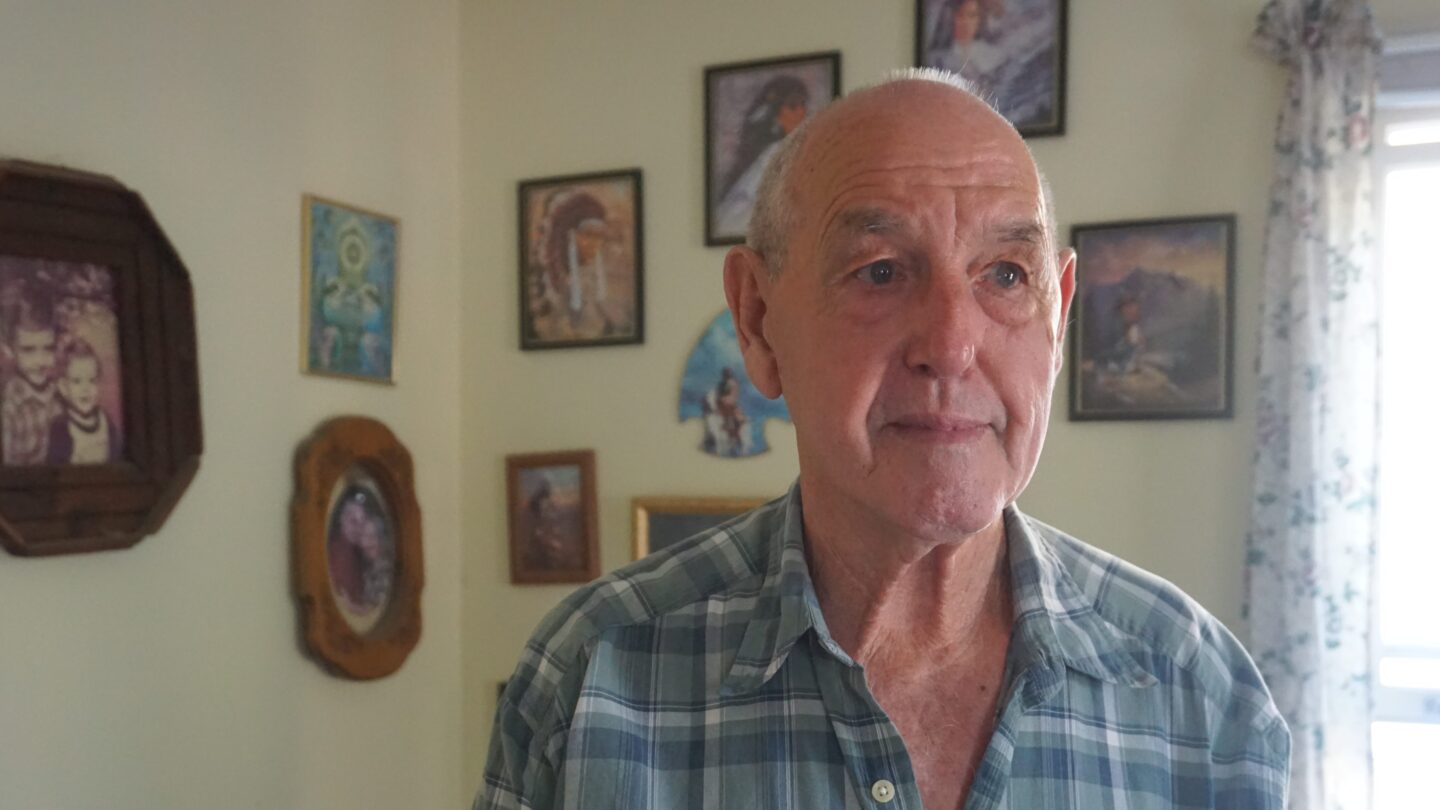
A Haven For Creatives
It’s hard not to feel warm and welcomed while in Cabbagetown, especially when strolling down Carroll Street. Tables in the popular, eclectic Carroll Street Cafe are adorned with fresh cut flowers and candles, while songs of yesteryear play in the background. Comfort foods, like the Cabbagetown Breakfast and Grass Fed Angus Burger, are served with a smile.
Little’s Food Store, which has been a neighborhood staple since 1929, still stands on the street as unique and artsy as ever, with quirky pieces, such as a knight’s armor and hanging spider decorating the shop’s exterior.
Soon after Fulton Bag and Cotton Mill closed, newcomers, such as artists and musicians, started moving into the neighborhood because of its affordable housing, according to Crimmins.
“Generally artists are not high paid jobs,” Crimmins said.
“The shotguns and cottages in Cabbagetown were affordable housing compared to the increasing values of property in Grant Park, Virginia-Highlands and Inman Park.”
James Kelly, musician with Slim Chance & Convicts, moved to Cabbagetown 26 years ago because he felt like the neighborhood’s culture resonated with him.
Since he’s lived in the area, his band has performed at the neighborhood’s annual Chomp and Stomp festival, along with the newer Cabbagetown Concert Series in the park.
“ … It’s a good fit. I grew up in Nashville. My dad was a musician,” Kelly said. “So the kind of music that I play and my band plays was real consistent with the kind of music the people in Cabbagetown like [which] is country music, mountain music, bluegrass, hillbilly stuff.”
Cabbagetown was the home for many acclaimed musicians, such as Joyce Brookshire and Fiddlin’ John Carson who debuted the first country music hit record “The Little Old Log Cabin in the Lane” in 1923.
The song, recorded by Carson in a unoccupied building on Nassau Street in Atlanta, became famous with the help of talent scout Ralph Peer and record salesman Polk Brockman. Fiddle music enthusiasts bought all of his discs at a fiddler’s convention and help shoot Carson to stardom.
Kelly said music has continued to be an integral part of the town like when neighbors get together to have informal “porch pickin’ parties” where everyone jams out.
“Artists and visual artists as well, this neighborhood nurtures those kinds of people. They accept them pretty much unconditionally,” Kelly said.
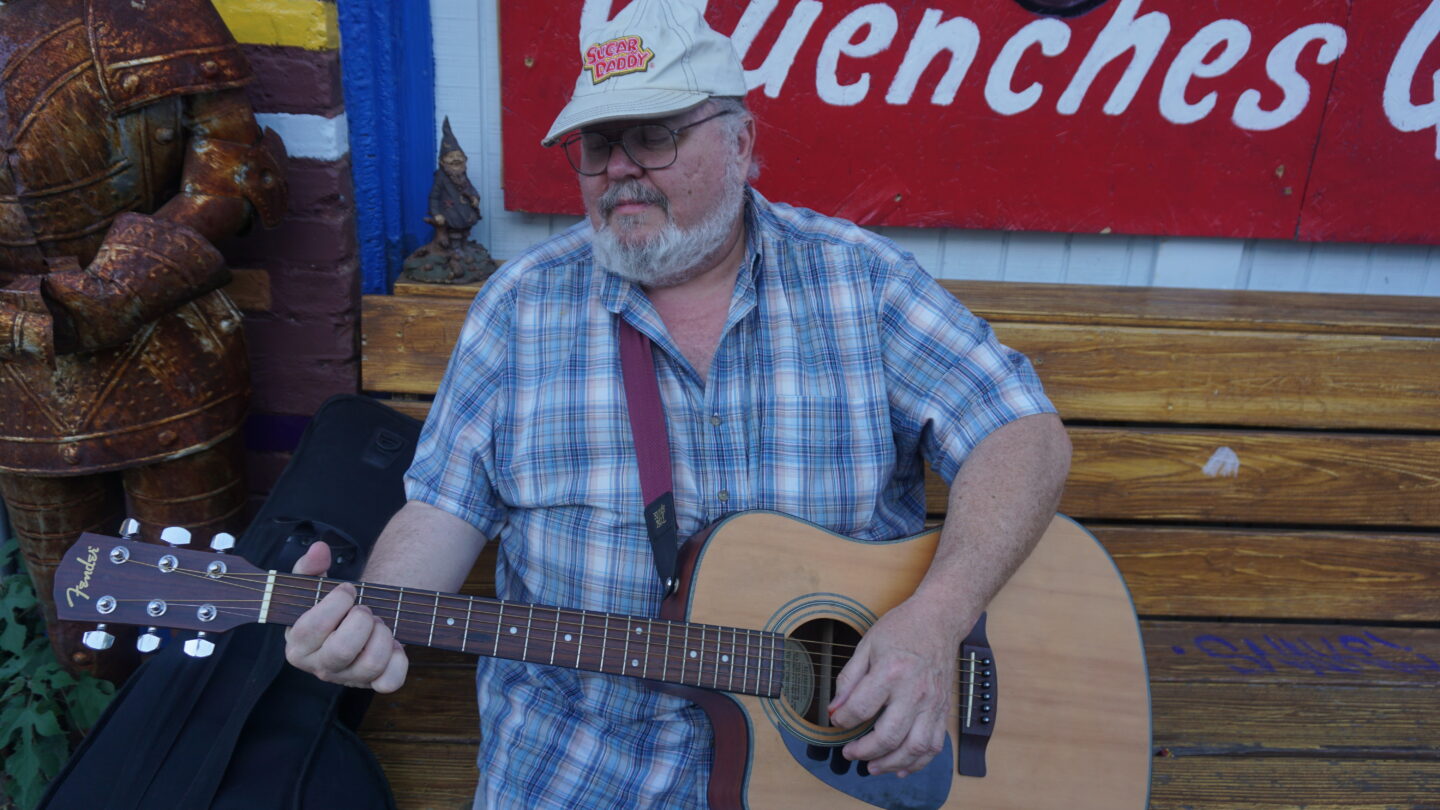
When John Dirga moved to Cabbagetown in 1996, he selected a house that allowed him to transform the downstairs storefront into a workshop and the upstairs into a living area. He creates art in various forms, including paintings and wood workings.
“The neighborhood was interesting. There were artists and musicians around that appealed to me,” Dirga said. “It was bohemian … I think one thing that remains the same is that everybody is very close.”
Around this time, other prominent visual artists, such as photographer “Panorama” Ray Herbert Jr., were living in Cabbagetown. Herbert was known for his photos that captured the daily life of those living within the community.
“A lot of the artists and musicians in the ’90s were probably looking for a family.”
“They found it, built it and preserved it … like a circus or a team of superheroes,” Dirga said.
More recently, Dirga has worked with the Wallkeepers Committee of the Cabbagetown Initiative that coordinates street art in the area and supports The Forward Warrior Project, which is a yearly wall painting event conducted in partnership with Peter Ferrari.
Some of the street art created from this project can be seen along the wall on Wylie Street towards Esther Peachy Lefevre Park.
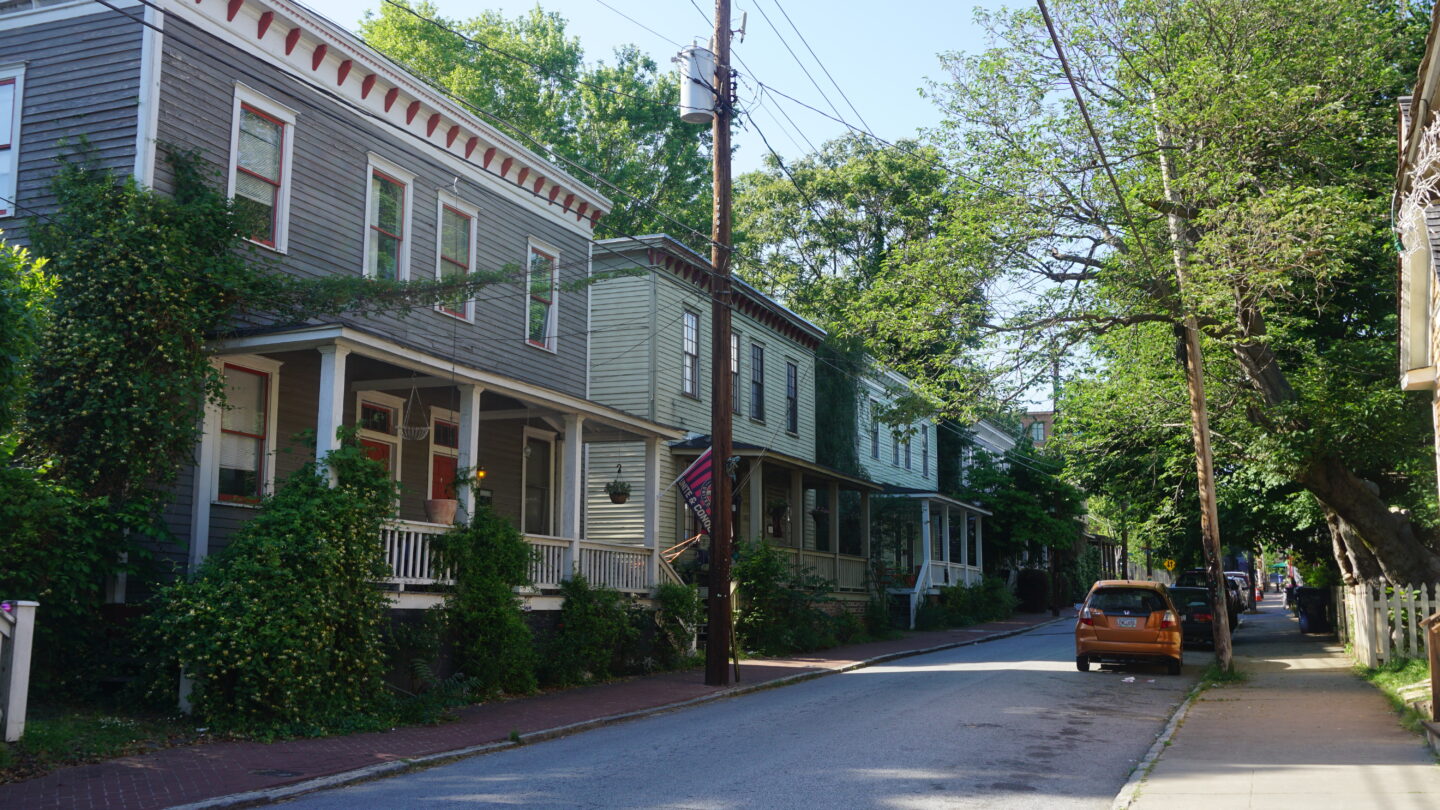
Living History
Jake Elsas gathered relics and photos dating back to the neighborhood’s early days from native Cabbagetown residents to open up the Patch Works Art and History Center with his wife Nina Elsas. Creating the local history museum was a special project for Elsas since he is the great-great-grandson of the founder of the Fulton Bag and Cotton Mill.
“I thought there were definitely enough people left who wanted it preserved and or were just interested in knowing more about the community that they had adopted,” Elsas said.
Patch, Inc. was a source of inspiration for the history center. Elsas’ father chaired the board for organization, which was founded by community activist Esther Lefever and helped locals by providing assistance through education and the arts. Currently, Agave Restaurant is located where the organization used to be.
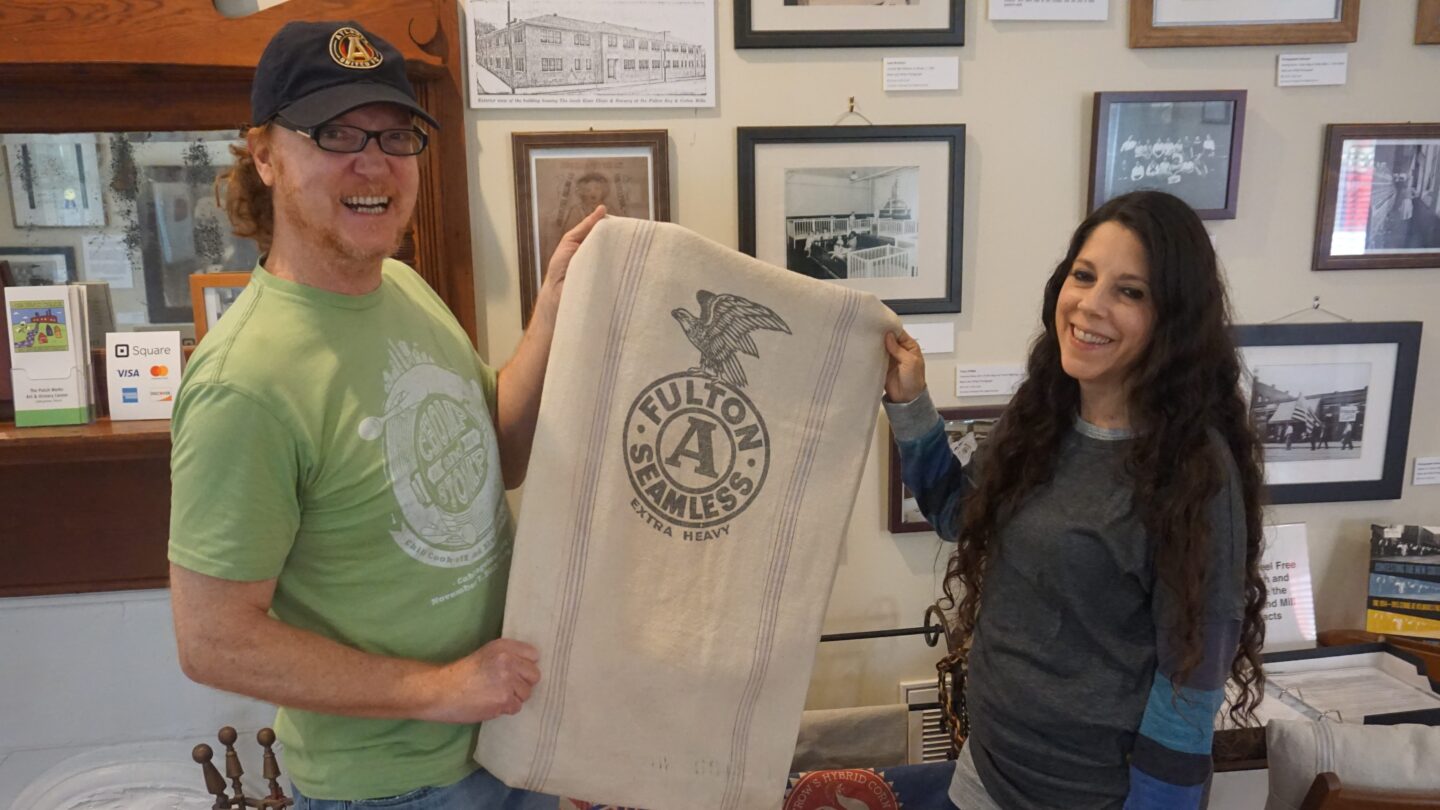
“The Patch was the torch bearer for trying to help the community, the mill workers revitalize the community … I was impressed and saddened to see what happened to the neighborhood,” Elsas said. “I was impressed with how well preserved it was. I was sad that the people who lived here couldn’t be here to appreciate it.”
Elsas currently lives in Cabbagetown’s redeveloped Fulton Bag and Cotton Mill that now serves as an apartment building called the Stacks Lofts that features exposed brick and balconies overlooking Atlanta’s skyline.
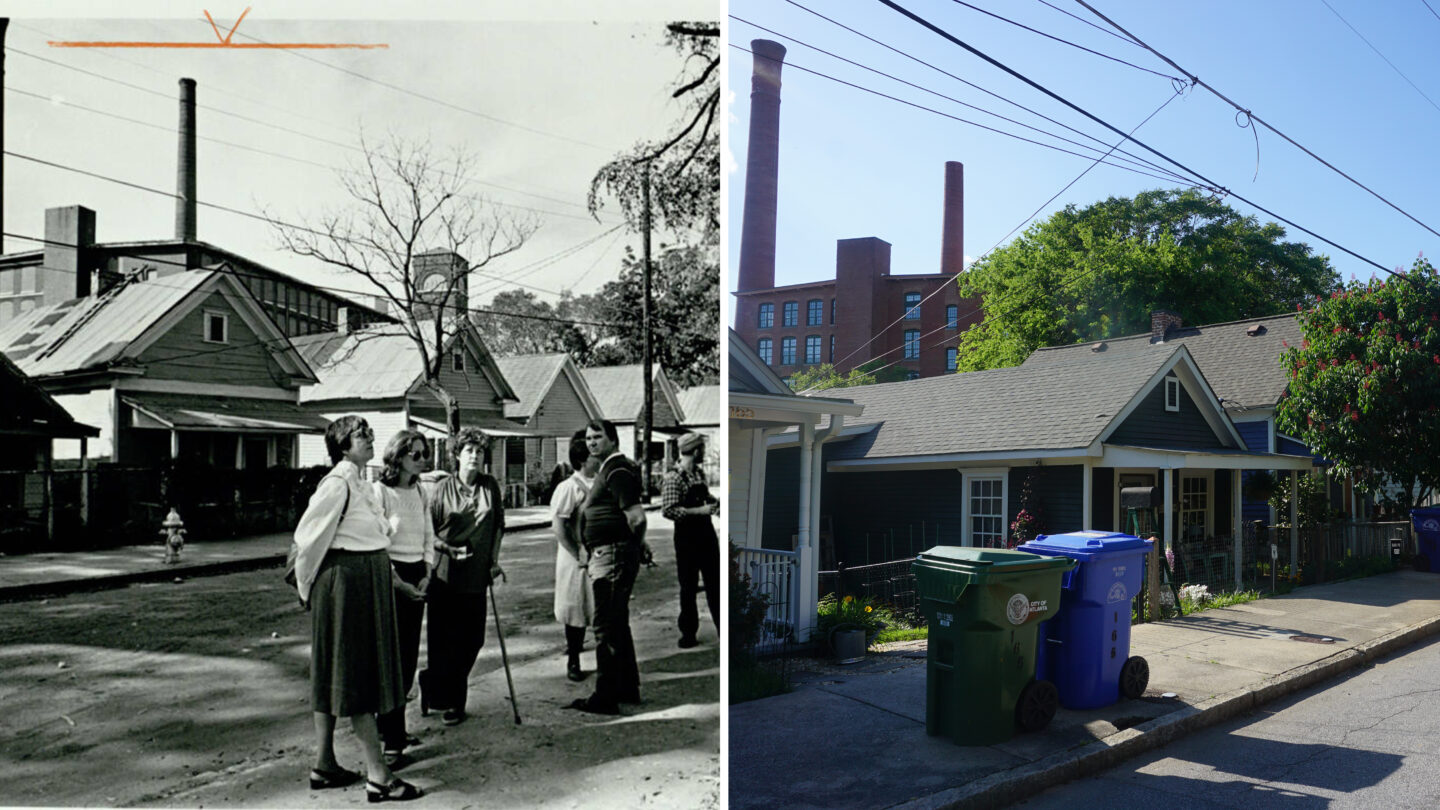
Jared Erickson, owner of Brother Moto, opened up the coffee and motorcycle goods shop in Cabbagetown to help foster a community for creatives and motorcycle enthusiasts within the neighborhood.
The eclectic cafe on Memorial Drive features scraps of motorcycle parts around the room as accents. Attached to the coffee shop is a garage where Brother Moto members can also work on their bikes. Erickson wanted to open up the shop in the neighborhood to return back to his roots.
“It’s the hidden secret,” Erickson said. “I think once you walk down Carroll Street and see people playing music out on the street and stuff, you get it.”
From spontaneous get togethers to annual events, Cabbagetown finds many ways to get the community together.
“Everyone’s kind of being themselves,” Cabbagetown Neighborhood Improvement Association President Katie Butler, said. “You see that people are doing whatever they want to do and it empowers you, emboldens you to do whatever you want to do.”
In 2011, Butler and her husband moved to Cabbagetown, because they wanted to live in an artistic and inviting neighborhood since their hobby is to create music.
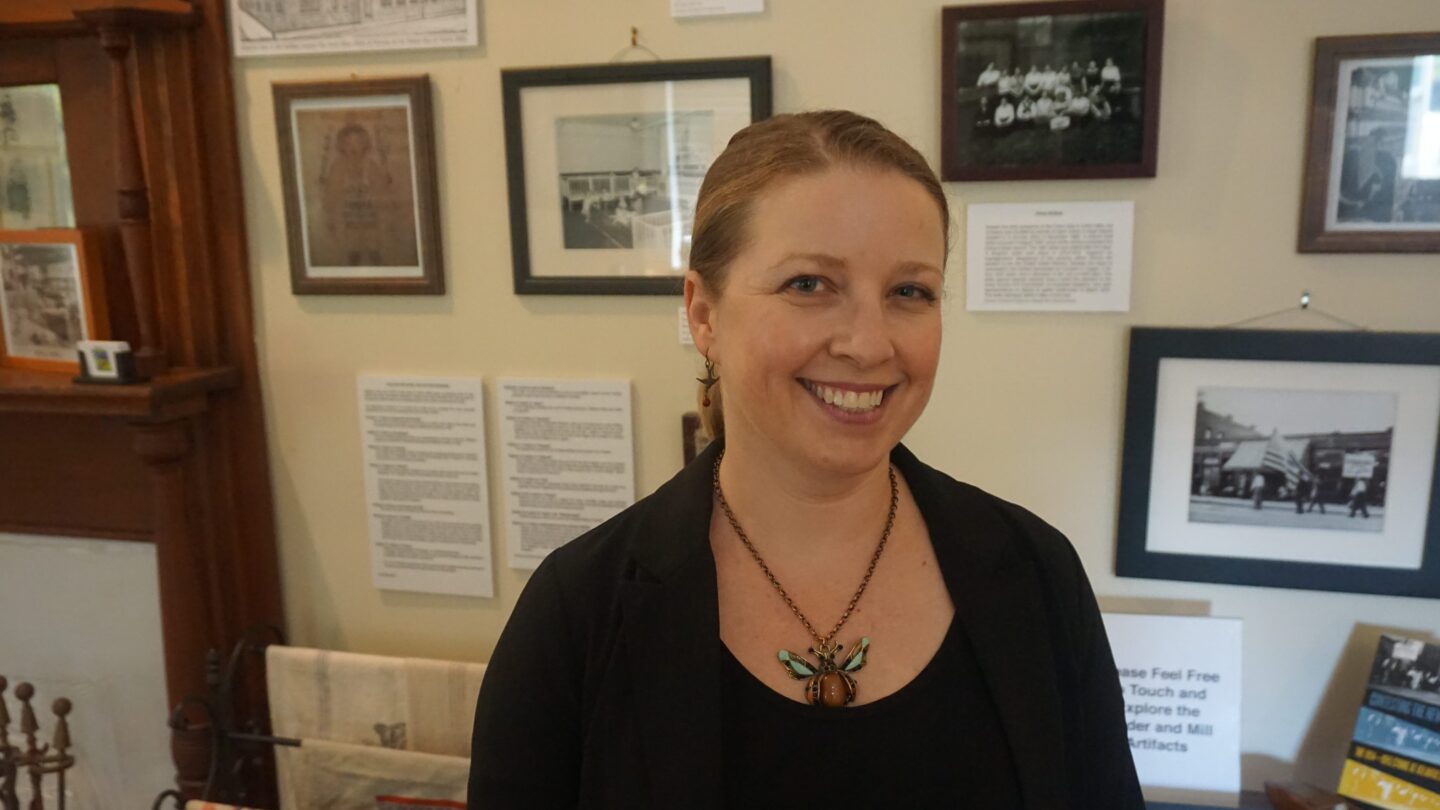
“We both came here and was like ‘Oh my gosh. We are not the strangest people on our street in the first time in our lives,’” Butler said.
Every year, the Chomp and Stomp Chili Cook-off and Bluegrass festival showcases local live music and artists. Proceeds go to improving Cabbagetown’s parks, community center and green spaces. Also, Cabbagetown visitors can catch local musicians at the music series at the amphitheater.
“They have almost brought it back to how it was when we were children,” Marshall Edwards said. “So that to me is a wonderful feeling.”
